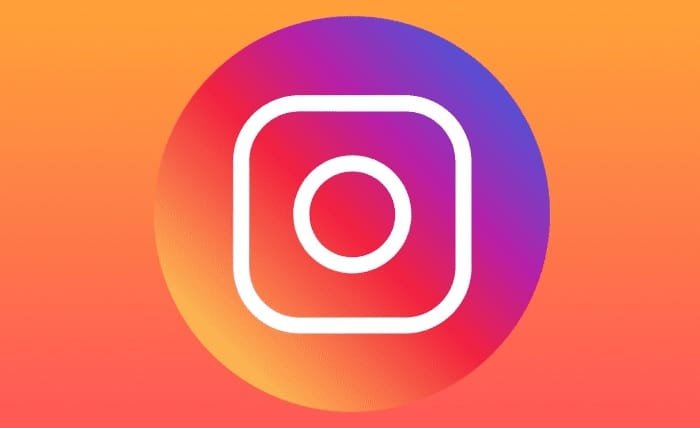A well-structured website navigation can increase user satisfaction by up to 50%, according to Forrester Research. In today’s fast-paced digital landscape, intuitive navigation isn’t a luxury, it’s a necessity.
When users land on your website, they expect to find what they need without confusion or friction. If your navigation is messy, you risk losing them within seconds.
This is where the best website navigation examples can offer inspiration. By following proven navigation models, businesses can enhance user experience, reduce bounce rates, and boost conversions. Below, we explore what website navigation truly means and showcase 10 stellar examples you can learn from.
What is Website Navigation?
Website navigation refers to the collection of user interface elements that help visitors find information and move through a website efficiently. It typically includes menus, links, buttons, and breadcrumbs, all designed to create a seamless browsing experience.
From a UX perspective, clear navigation improves usability by providing users with predictable paths. Good navigation ensures users spend less time searching and more time engaging.
In fact, 94% of users cite easy navigation as the most important website feature. That underscores why brands invest in thoughtful layouts, sticky menus, and responsive design.
When planning your site structure, integrating professional ux design services can help you craft navigation that aligns with user behavior, search intent, and accessibility standards.
10 Best Website Navigation Examples
Below are ten of the best website navigation examples that prioritize clarity, accessibility, and UX best practices. Whether you’re redesigning a corporate site or launching a personal blog, these real-world examples, often crafted with expert UX design services, can elevate your design decisions and improve user satisfaction.
1.Verk
Verk, a minimalist furniture brand from Sweden, nails website navigation with simplicity. Its top horizontal menu includes just four categories, keeping distractions at bay.
When hovering over a menu item, users get a visual preview of each product. This speeds up the decision-making process and keeps engagement high.
According to their design team, the intuitive navigation has increased their product page visits by 27%. Simplicity and clarity are key here.
2.Space NK
Luxury beauty retailer Space NK employs a mega menu that categorizes hundreds of products into intuitive groups.
Their sticky header ensures that navigation is always within reach, even when scrolling through long pages. The search bar is also prominently placed.
This approach has improved mobile conversions by 15%. It’s an elegant solution for content-heavy eCommerce platforms.
3.Franklin Sports
Franklin Sports integrates a bold, responsive top menu that adapts flawlessly to different screen sizes.
Each sport has a dedicated dropdown that showcases products, trending items, and seasonal offers. Navigation is also enhanced by smart filters.
Their website redesign led to a 20% improvement in user retention, proving that navigation directly influences ROI.
4.Petersham Nurseries
Petersham Nurseries, a lifestyle and garden brand, keeps its website visually aligned with its rustic brand identity.
Navigation is subtle but effective, using serif fonts and dropdowns that maintain aesthetic consistency.
The seamless transition between product and editorial content keeps bounce rates under 35%. It’s a blend of function and storytelling.
5.Pipcorn
Pipcorn’s website leverages bold icons and a simple navigation bar to create a playful, family-friendly experience.
Each category uses micro-interactions to guide users intuitively. Their navigation makes it easy to find bestsellers, gifts, or subscriptions.
This clear structure led to a 22% uptick in average session duration within three months of launch.
6.Patagonia
Patagonia, known for sustainability, showcases thoughtful navigation with its clear call-to-actions and hierarchy.
The site uses a combination of dropdowns and banners to promote mission-driven campaigns alongside products.
Their UX strategy has not only improved usability but also reinforced brand trust, with a 30% boost in returning customers.
7.Politico
As a leading news outlet, Politico must manage an enormous volume of content. Their navigation excels in organizing this chaos.
The site uses horizontal navigation paired with dropdowns that sort news by region, topic, and type.
Their simplified menu has increased article click-throughs by 18%, reflecting the power of smart IA (Information Architecture).
8.Olivier Gillaizeau
This portfolio site by designer Olivier Gillaizeau is a lesson in creative, interactive navigation.
A dynamic scroll-based menu replaces traditional headers, guiding users through projects with animations.
His approach has earned accolades from design communities and increases average time-on-site to over 4 minutes.
9.The Good Burger
Spanish burger chain The Good Burger (TGB) uses bold typography and color-coded navigation to engage visitors.
Its fixed header includes links to menus, locations, and loyalty programs—all instantly accessible.
Mobile responsiveness is top-tier, which helped TGB increase app downloads by 19% via seamless site integration.
10.Lyft
Ride-sharing giant Lyft integrates user-centric navigation across both desktop and mobile platforms.
Their homepage features a sticky navigation bar that adapts based on user journey—whether you’re a rider, driver, or business.
With smart use of whitespace and clear CTAs, Lyft has reduced user friction and boosted onboarding by 25%.
Types of Website Navigation Menus
Choosing the right type of website navigation menu is essential for guiding users through your content intuitively. Below are the most common and effective types of website navigation menus:
- Horizontal Navigation Menu
Found at the top of most websites, horizontal menus display links in a row. They’re ideal for sites with a limited number of main categories and are favored for their simplicity and wide recognition. - Vertical Navigation Menu
This menu style appears on the left or right side of a page. It’s common in dashboards, blogs, and internal tools where space for deep links is essential. - Dropdown Navigation Menu
Dropdowns allow users to see submenus when hovering or clicking on a top-level item. It’s a clean way to organize layered content under broad categories. - Mega Menu
Perfect for large websites (e.g., eCommerce), mega menus display multiple categories and links in a large panel. They can include images, CTAs, and even promotional content to enhance UX. - Hamburger Menu
Common in mobile design, the hamburger icon reveals a hidden navigation menu when tapped. It helps maintain a minimalist design while ensuring access to full site content. - Sticky or Fixed Menu
This type remains visible as users scroll, making navigation always accessible. Sticky menus improve usability on long pages or scrolling-heavy sites. - Footer Navigation Menu
Located at the bottom of a page, footer menus often include secondary links like privacy policies, terms, or contact info. They enhance SEO and accessibility without crowding the main header.
Each of these menu types serves specific user expectations and behaviors. For a flawless experience, many brands now consult professional ux design services to tailor their navigation strategy to business goals and user intent.
Final Thought
When executed right, website navigation becomes a silent guide, helping users explore with ease. These best website navigation examples are proof that clarity, creativity, and structure go hand-in-hand to deliver exceptional user experiences.




